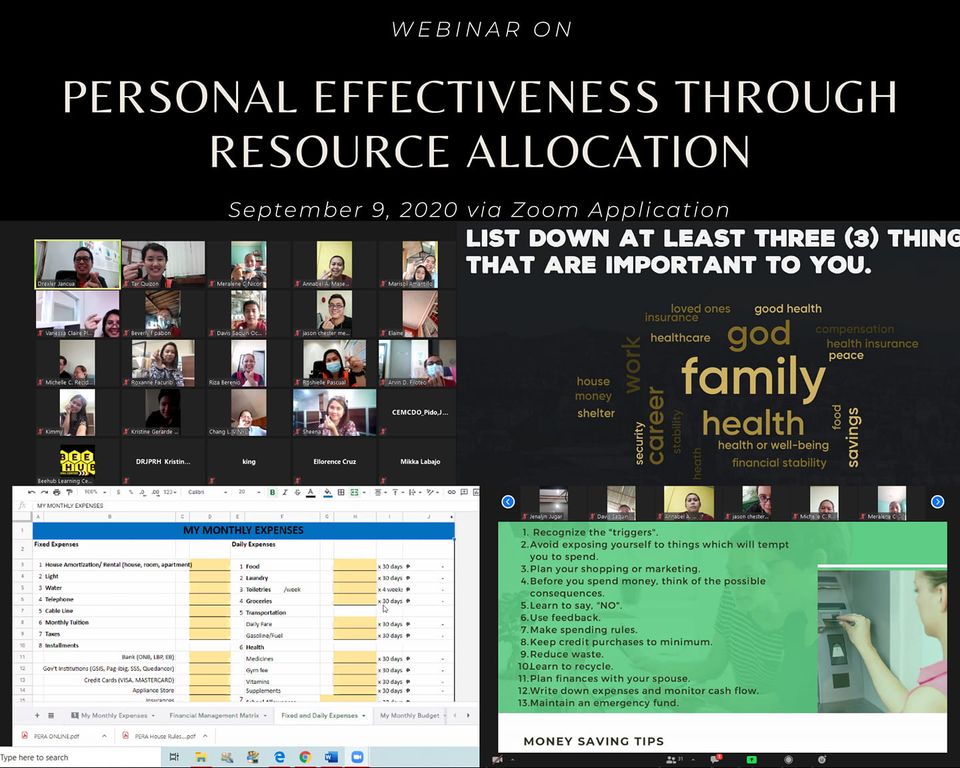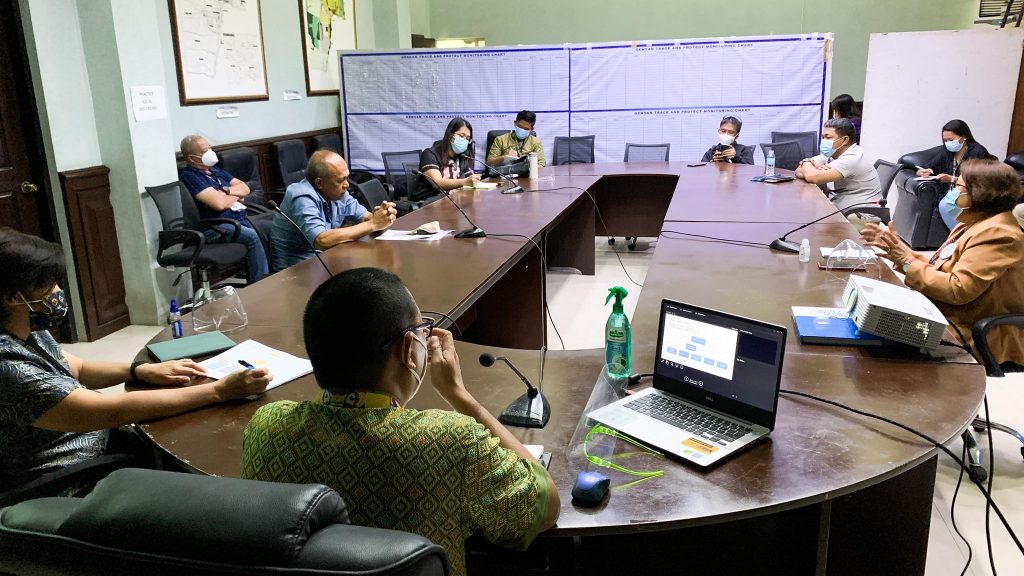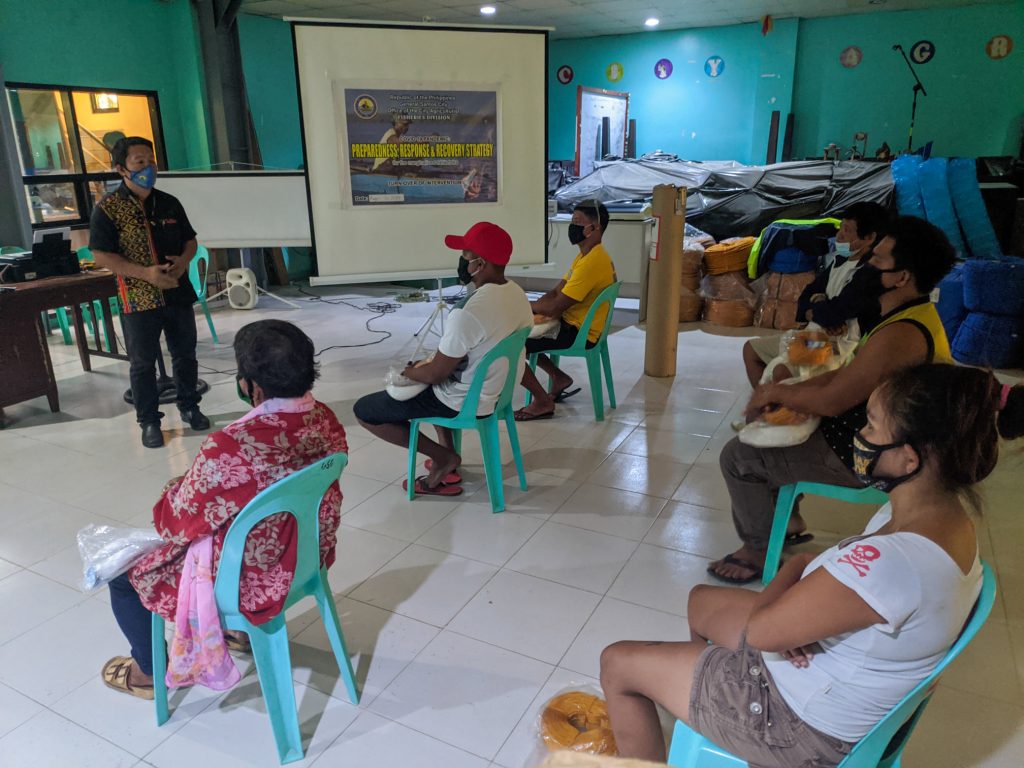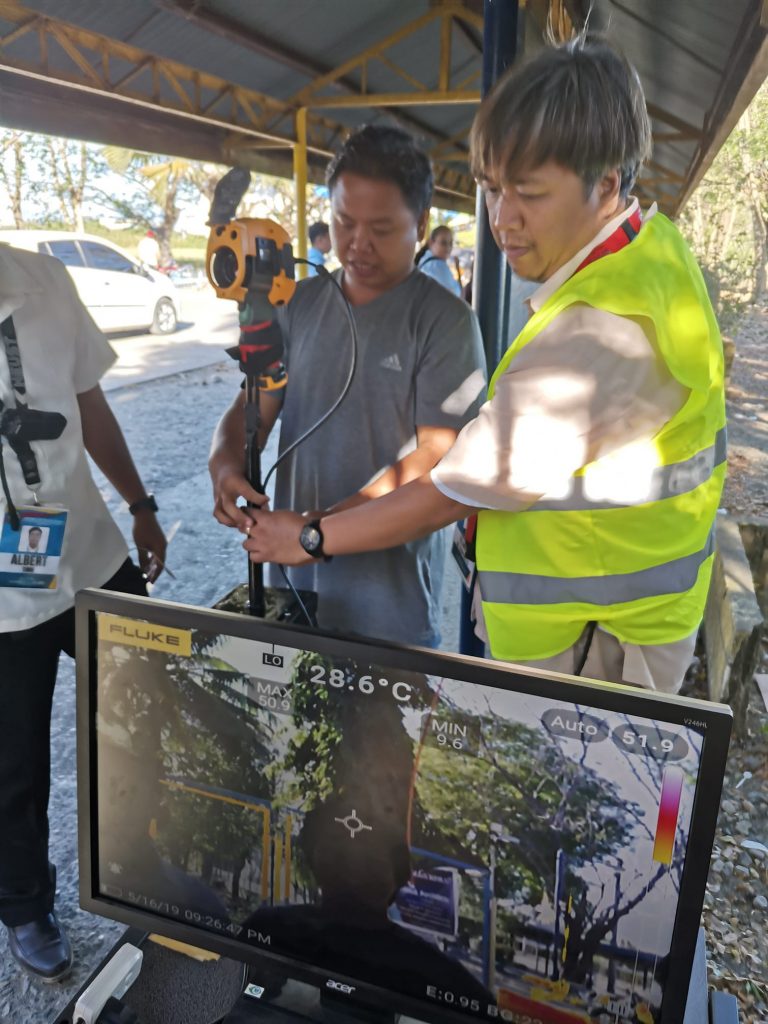Organization
Sangguniang Bayan of Paracale
Best Practice Focus Area/s
Leadership, Strategy, Measurement, Analysis, and Knowledge Management
Year Implemented
Approved on 21 November 2016, and implemented on 17 January 2017
This is a Recognized Best Practice
Summary
The Barangay Empowerment, Synergy, and Transparency (BEST) program was approved under Municipal Ordinance Number 17 Series of 2016 and is known as the “BEST Program†of the Municipality of Paracale. The BEST Program is an initiative of the Sangguniang Bayan of Paracale that aims to strengthen the competency of barangays in undertaking their legislative functions. The program equips barangay officials of the 27 barangays of Paracale, particularly the newly elected members, with the knowledge and skills necessary to participate in legislative processes, craft responsive legislations and regulatory policies, therefore becoming advocates of good governance.
Background and Problem
The Sanggunian Bayan of Paracale, headed by its Presiding Officer and Vice Mayor, is aware that our country needs a competent government leader to promote public welfare, especially at the grassroots level. Also, there must be barangay leaders capable of discharging their functions and can assume the duties and responsibilities of a barangay official. A barangay official must be knowledgeable, effective, and well-equipped, especially in crafting relevant legislation to improve the delivery of basic social services and uplift a community’s quality of life.
However, there is a common perception that most people who run for political positions are merely influenced by their family members who were traditional politicians or rose to fame and won the election solely because of popularity and not competency. This is why the Sangguniang Bayan of Paracale conceptualizes the BEST Program to strengthen barangay legislative functions by capacitating barangay officials, especially the newly elected members, to participate in legislative sessions, craft responsive, responsive responses to legislators and regulatory policies, therefore becoming advocates of good governance.

Solution and Impact
One of the main problems with the barangay system of governance is its leader’s incompetence, which stems from insufficient academic qualifications and legislative and parliamentary procedures. Thus, matters such as legislative action that could contribute to barangay development are not immediately carried out or done poorly. The BEST Program aims to orient and prepare the newly elected officials of the barangay to face and overcome the challenges of leading the smallest political government unit toward improving the lives of its people and developing the countryside.
To increase and strengthen the skills of the barangay officials, the Sangguniang Bayan of Paracale is conducting a three-phase mechanism/program in every barangay:
- Symposium/Forum on Barangay Legislation – a two-day seminar focusing on legislative functions, parliamentary rules, and adherence to local government laws.
- Sesyon sa Barangay – the Regular Sangguniang Bayan Session is held in barangays to observe the actual proper conduct of the session and the processes of passing and approving ordinances and resolutions.
- Outstanding Sangguniang Barangay Award – the search for Outstanding Barangay Award serves as an annual evaluation and appraisal of performance in every barangay.
The success of this program depends on the support and cooperation of the Sangguniang Barangay leader, continuing support from the Sangguniang Bayan, and the Local Government Unit of Paracale.
Milestones/Next Steps
Since the creation of the BEST Program on 21 November 2016 and its implementation the following year, the Sangguniang Bayan of Paracale BEST Program was recognized by the Vice Mayors’ League of the Philippines Camarines Norte Chapter and was awarded the Best Practice in the Field of Legislation 2018. Only the Sangguniang Bayan of Paracale has been honored with such recognition in the Province of Camarines Norte.





